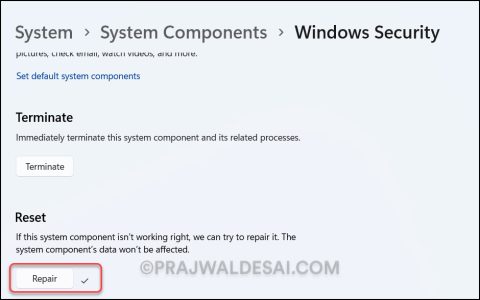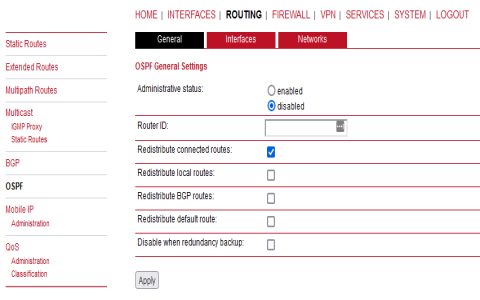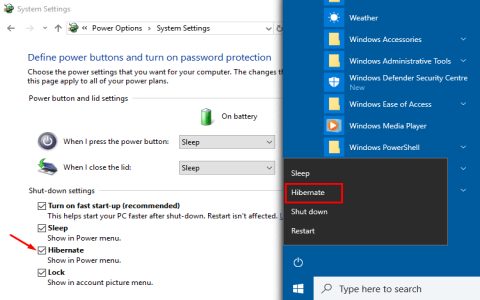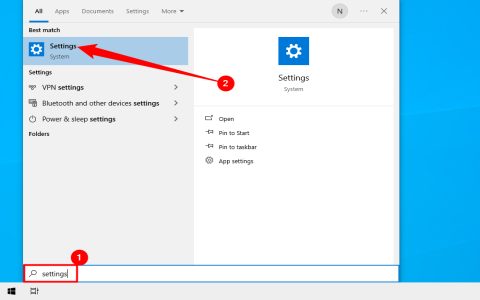DX12 represents a significant architectural shift, but "better" depends on specific hardware and game implementation. Here's the breakdown:
DirectX 12 vs DirectX 11: Key Differences
Underlying Architecture:
- DX11: Higher-level API. Manages CPU tasks (like draw calls) using a single primary thread. Simplifies development but can lead to CPU bottlenecks, especially with complex scenes.
- DX12: Lower-level API. Grants developers finer control over hardware (CPU cores, GPU). Enables significant multi-core CPU utilization ("Explicit Multiadapter") for distributing workload across threads.
Performance Implications
- CPU-Bound Scenarios (High FPS Gaming, Complex Simulations): DX12 potentially offers large FPS gains (10-30%+ in demanding titles) by efficiently leveraging multiple CPU cores and reducing driver overhead. Essential for high refresh rate gaming where CPU is the bottleneck.
- GPU-Bound Scenarios (4K, Max Settings): Differences are usually minimal. Performance is primarily dictated by the GPU's raw power.
- Variable Refresh Rate (VRR): DX12 often achieves slightly lower input latency, beneficial for competitive gaming paired with VRR monitors.
Practical Gaming Tips
- Benchmark Both APIs: Test performance (FPS, frame times) individually in-game for each specific title. Don't assume DX12 is always better.
- Stability First: If experiencing crashes or stuttering in DX12 mode, switch to DX11. A stable experience trumps marginal performance gains.
- Consider Your Hardware: Older CPUs (quad-cores without strong single-thread) benefit more from well-implemented DX12 due to better core utilization. New high-end CPUs show smaller relative gains. Impact on GPU is secondary to CPU benefits.
- Look for "DX12 Ultimate" Features: If your GPU (RTX 20-series/RDNA2 or newer) and game support features like Tier 2 VRS (Variable Rate Shading) or SFS (Sampler Feedback Streaming), DX12 mode is required to utilize them for potential efficiency/quality benefits.
- Check Release Notes: Some DX12 implementations improve significantly with post-launch driver/game patches. Re-test after major updates.
For mainstream gamers: DX11 remains the safer, more stable default in many games due to its maturity. DX12 requires robust implementation to surpass it. Always test and prioritize stability.
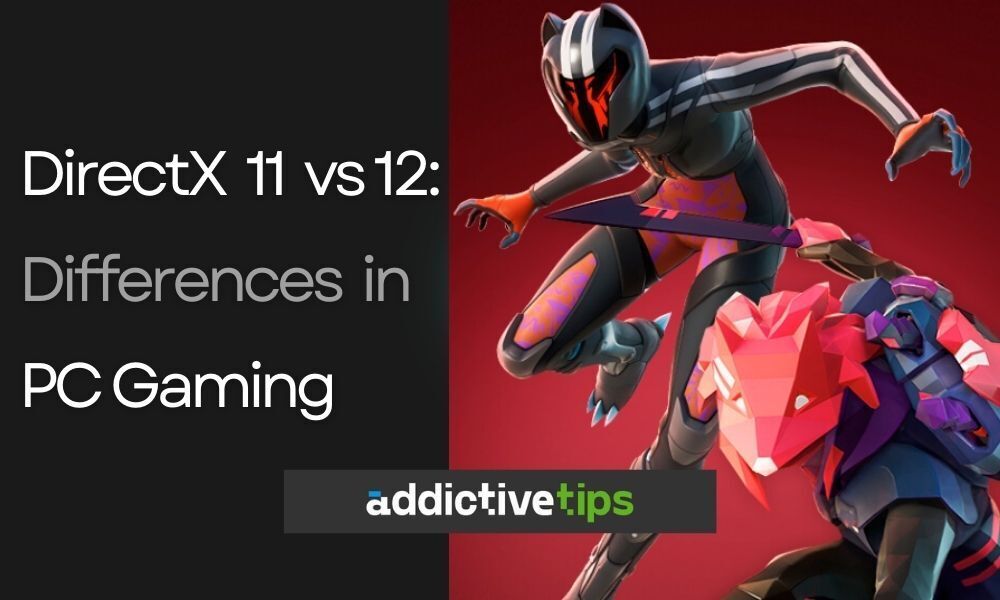
For performance enthusiasts: DX12 provides the path to maximum CPU utilization and lower latency in CPU-bound scenarios when implemented well. Benchmark rigorously per title.







